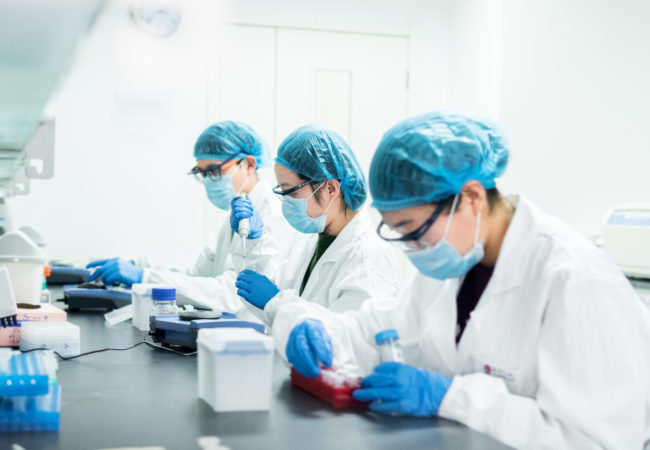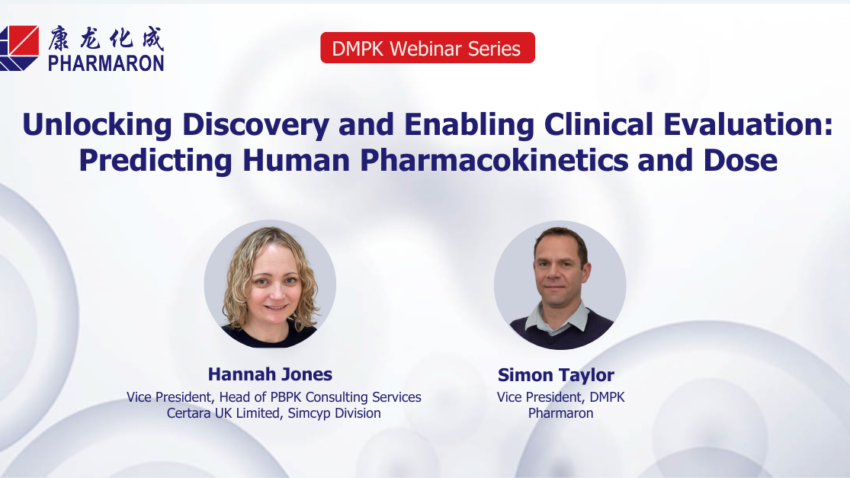Discovery in vivo PK

Discovery in vivo PK Services
Pharmaron’s discovery in vivo PK service offerings cover screening PK, tissue distribution and excretion, metabolic profiling, metabolite quantification, various other PK models for mechanism studies, endogenous biomarker analysis and PK/PD studies, etc, to support drug discovery projects, to evaluate hits, leads and potential candidates’ properties from in vivo PK perspective.
All in-life work of PK/TK studies is conducted in AAALAC-accredited animal facilities and follows IACUC-approved study protocols.
Capabilities

Screening PK
- Rodents and non-rodents
- Standard single PK design: full PK, rapid PK, snapshot PK
- Cassette PK: 3-6 cmpds/route
- Formulation screening support
- Dosing routes
- IV, PO, IP, SC, IM
- Infusion, intra-colon, intra-duodenum, intra-tracheal, intranasal, dermal
- IP/SC via ALZET pump
- Sublingual

Tissue Distribution
- Drug concentration in tissues
- Unbound level in tissue
- Equilibrium dialysis
- Microdialysis(Kpuu)
- CNS compounds
- CSF (rodents & large animal)
- Brain homogenate
- Brain slice method

Metabolism and Excretion
- Metabolite analysis
- Quantitative analysis of metabolite/parent drug
- Qualitative analysis
- Excretion: urine, feces, bile
- DDI effect
- Pre-treatment with inhibitor(ABT, Ela)
- Co-dosing of test articles
- Pretreatment (Pentagastrin, Famotidine)

in vivo PK Models
- Portal vein cannulation – dosing and/or sampling
- Bile duct cannulation – biliary excretion
- Ussing chamber – intestinal permeability, intestinal absorption, secretion, metabolism
- PK/PD analysis
- Systemic exposure
- Biomarker analysis (LC/MS)
- Blood chemistry and CBC
- Pathology

Endogenous Biomarkers
- Malonyl-CoA, Carnitine, NAD
- Prostaglandin (PG), Adenosine, Bilirubin, Bile acids (TCA),
- Estrone, Estradiol, Dopamine (and their metabolites), etc.
Watch our webinar covering strategy and methodology for predicting human PK evolving from a discovery to a First in Human setting.



